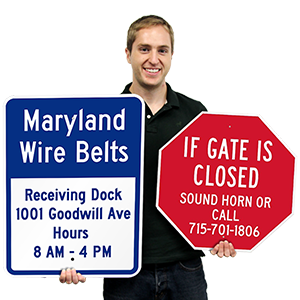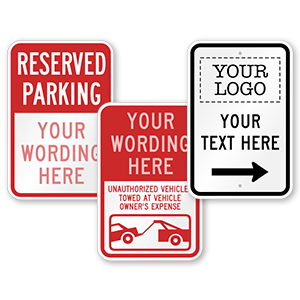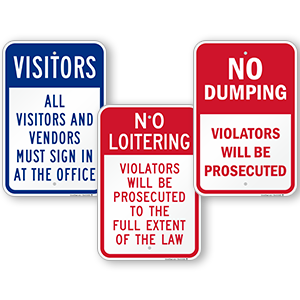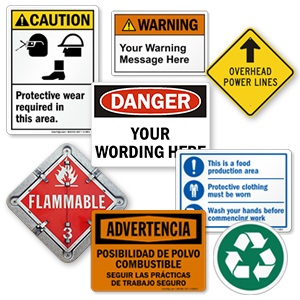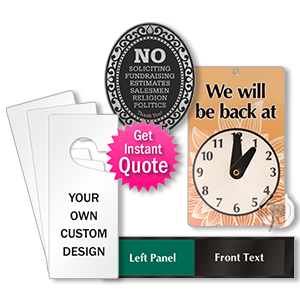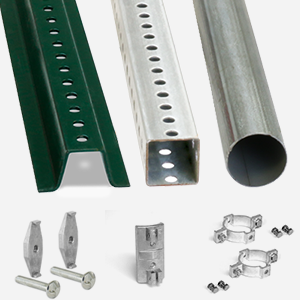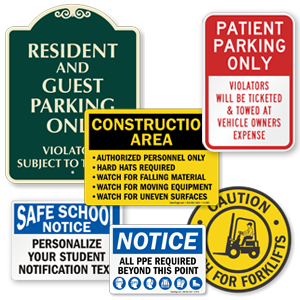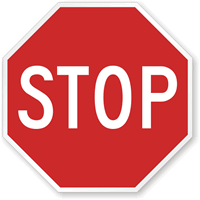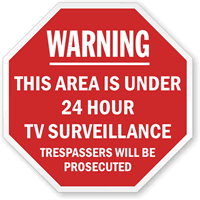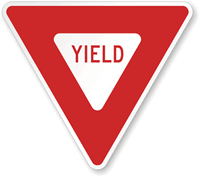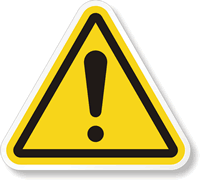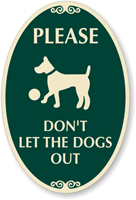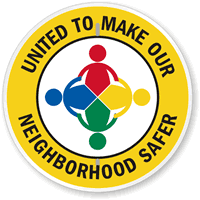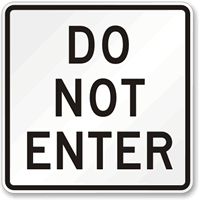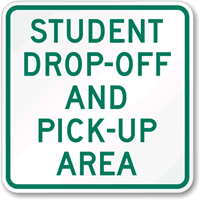The reason behind different sign shapes
Traffic signs appear in many shapes, like octagons and pentagons, ovals and circles, squares and rectangles. This mix-and-match system allows for a different message to be sent to the brain for each kind of sign. A different message is conveyed for each type of sign and once our brain notices the pattern, that message is easily understood.
According to the Department of Transportation, each street sign must have an individual and varying shape. The DOT’s Manual on Uniform Traffic Control Devices actually defines the symbology of shapes. For example, the octagon is a cross-breed between a square and circle, which suggests power and complexity. Similarly, the MUTCD mandates that the STOP Sign, which some would consider the most important traffic sign, is also blood-red, in addition to being an octagon. The bold combination of the two alerts the brain to something dangerous enough to warrant a STOP.
Octagon shapes typically mean STOP but can also be used for security notices.
As mandated by the MUTCD, the points on triangular or diamond-shaped signs are similarly used to indicate warning and danger, and reflect instability and conflict. These signs are usually bright yellow or red, for visibility and to highlight the blatant nature of the shape.
Use these diamond or triangular shaped signs to indicate caution or danger.
Since circle and oval shapes are rounded and lack any sharp points, these shapes are soft on the eyes and are more so used in community crime watch signs. With no end or beginning, they represent wholeness, security, and comfort. So, it makes sense that circular signs represent community and security, while ovals are generally used for friendly, polite notices.
These friendly circle-shaped or oval-shaped signs encompass community and security.
Rectangles and squares are simple shapes with right angles, embodying order, familiarity, and security. The traditional shape also allows for flexibility: while the MUTCD designates these shapes for all kinds of regulatory and guide signs.
Squares and rectangles are traditional shapes that can be used for almost any street sign.
Different shapes have different effects on our brains. People’ perceive the depth and forms of shapes in strange ways, as each shape conveys a different feeling and gives off a different message. This is why it is beneficial to align these perceptions with traffic signs, so that people are better able to comprehend the message of the sign from the shape alone and not the wording. By recognizing different patterns of various shapes, people are able to become more aware of how to interact with their surroundings and gain a better understanding of traffic flow on the road.


